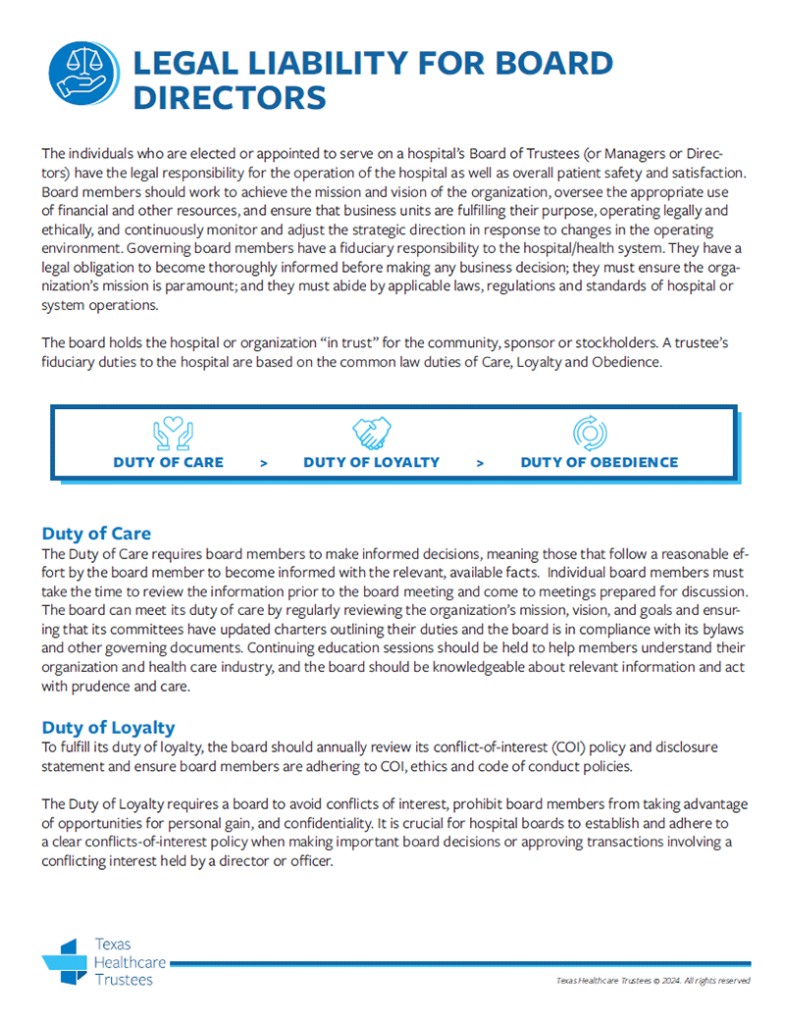
Legal Liability for Board Directors
The individuals who are elected or appointed to serve on a hospital’s Board of Trustees (or Managers or Directors) have the legal responsibility for the operation of the hospital as well as overall patient safety and satisfaction.
Extending Medical Device Cybersecurity Building on Existing Technology to Address Risk
Among all the current challenges of cybersecurity, there is one fortunate situation often overlooked – the foundation for medical device security is already in place at most institutions. As a result, hospitals can improve device security by simply extending their existing technology, educating their people, and introducing cybersecurity best practices to the organization. By automating inventory and visibility, building on existing processes and technologies, prioritizing vulnerability remediation, and ensuring that basic cyber hygiene is in place, organizations can greatly reduce the risks posed by their growing inventory of medical devices.
OnBoard’s Guide to Cybersecurity for the Boardroom
For boards, threats of cyberattacks or other cyber intrusions loom large in today’s digital age, as they are routinely entrusted with sensitive data and information to fulfill their leadership responsibilities. Those threats seem to deepen daily regardless of industry, sector, or geographic location. A data breach involving confidential board information can devastate an organization’s reputation and cost millions of dollars in incident response, recovery, ransoms, or litigation.
Enhancing Cybersecurity in Texas Healthcare: How to Prepare Against Cyber Threats
Healthcare modernization revolves around data. Data fuels new diagnostics for patients, software for doctors, AI research to improve patient outcomes, and efficient business operations.
But this data is valuable to cyber criminals who are stealing it directly from hospitals, now more than ever. Breaches to hack into patient data or disrupt operations are increasing not only across Texas but throughout the entire U.S. healthcare system.




